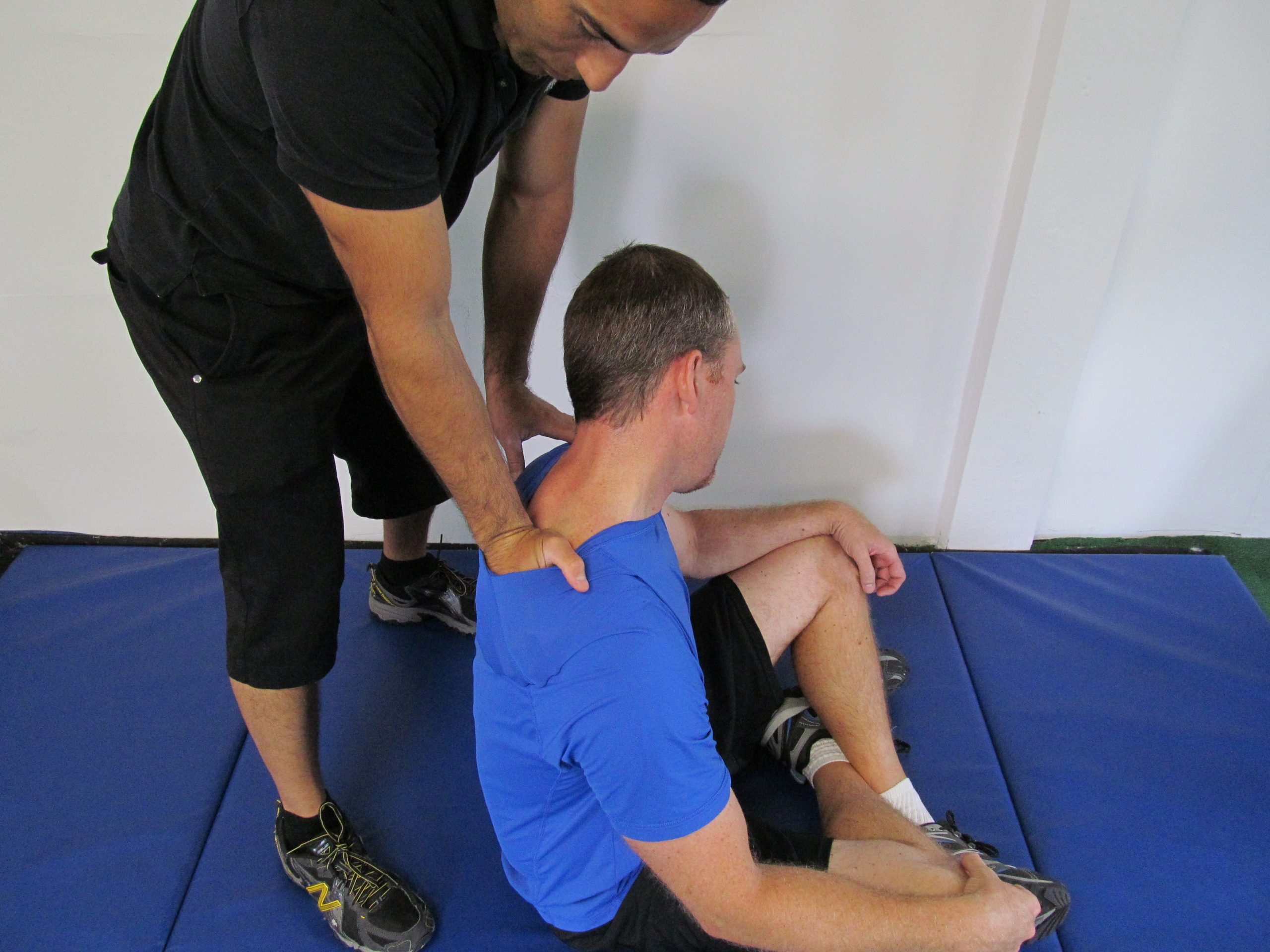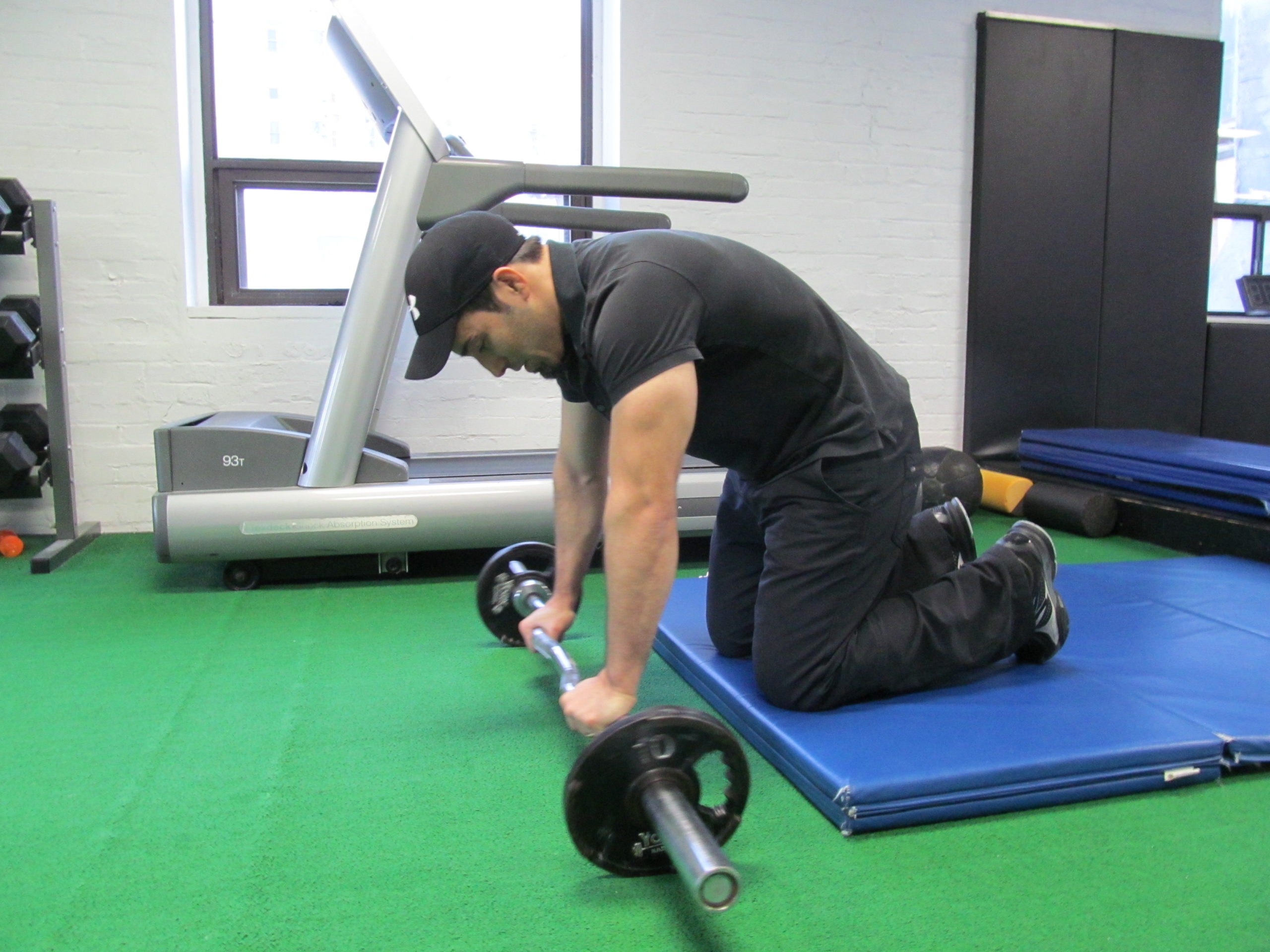Six Revelations About Neck Pain
A great scourge has descended upon the athletic and sedentary people of the land. Many people are being seen roaming the fields and streets with cockeyed posture. Closer inspection reveals the issue – the people cannot hold their heads high! At first, a widespread lack of self-esteem was blamed for this affliction. Now, after much fruitless introspection, it has become apparent the cause is physical. Men and women of all types are suffering from neck pain! The short-term solution economy is thriving on neck pain. Pain-killing pills, lotions and potions are selling at an all-time high. None address the root cause. Read the following revelations and take a (upright) step toward a neck pain solution.
1. Neck pain has a mechanical basis
The structure of the neck is formed by hard bone and elastic muscle. The alignment of bone and the state of muscle depends upon imposed physical demands. The neck will not change without mechanical stimuli! Drugs and other force-less therapies are not long-term solutions for neck pain. Stretching and other soft tissue mangement techniques combined with exercise are the best weapons available for battling neck pain.
2. Blame your balance!
The body alters bone alignment to keep its mass evenly distributed. If the head moves forward of the body’s centre of mass the thoracic spine moves back to compensate (causing characteristic rounding of the shoulders). Fat on the stomach also shifts weight ahead of the centre of mass. To balance itself, the body pushes the sacrum out towards the rear (causing the glutes to stick out or “duck butt”).
3. The curves tell the tale
Spinal curvature often dictates the health of bone and surrounding tissue. For example, the inside part of a curve (where the edges of the vertebrae are compressed together) can feature arthritis, pinched nerves and shortened (tight) muscles. The outside part of the curve (where the edges are spread apart) can feature inter-vertebral hernias, strained ligaments and lengthened muscles.
4. In general, you should be trying to reduce excessive spinal curvature
Keep in mind that the spine can bend front to back as well as sideways. When addressing pain, sideways curvature often takes priority! Curve management can be accomplished by strengthening lengthened muscle tissue and stretching shortened tissue. Also, balance your spine’s exposure to off-centre loads.
5. You can’t do the same thing on both sides of the body!
To straighten a bend the status quo must change! In simple terms, the inside of a bent spine must be stretched and the outside must be strengthened. Symmetical exercise won’t change anything! The most effective therapies treat the left and right side of the body differently.
\
6. Maintenance is required!
The body always gravitates toward the same tendencies. Lifetime pain management requires a lifetime committment to appropriate strength training and stretching. Luckily, this approach to pain management is painless, straightforward and devoid of the side effects of invasive therapies!
Neck pain can cause a lot of frustration and anxiety. Logical, anatomy-based solutions absolutely exist. If you want to learn more you must attend a tarodo seminar! The empowering effects of knowledge will have you holding your head high!


Recent Comments